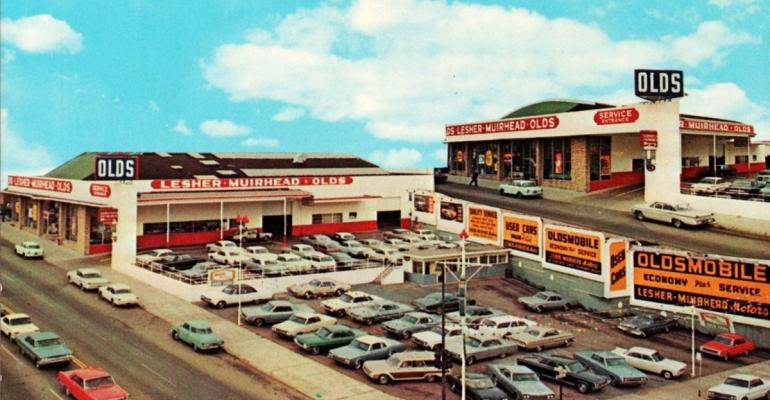The changing ways people live are impacting their surroundings. The adoption of such things as mobile banking, 24/7 connectivity, new shopping habits and other factors are influencing the ways businesses operate and how cities and suburbs are being built. The arc of the real estate universe is bending toward a more intriguing and very different world.
Let’s start with banking and its huge real estate footprint, which has been built up over decades. That industry is now being driven by consumers who manage their financial transactions remotely. Bank branches, in particular, are shrinking in numbers and size, as customers move toward digital and largely mobile banking activities.
According to the PwC report Retail Banking 2020: Evolution or Revolution?, banks have already reduced average branch staffing levels by more than half (from 13 employees per branch in 2004 to fewer than six today), and closed the most uneconomical branches. In heavily banked markets, PwC expects at least 20 percent fewer branches by 2020, a trend that will likely continue to accelerate.
The branches that are being opened are primarily branding presences, offering such things as education and financial advice. New smart kiosks are intended to provide access to service, sales, cash and video contact with a range of specialists. Low-touch digital channels will replace many other banking services.
Conversely, while bricks-and-mortar retailing is under pressure from e-commerce sales, the in-store experience remains vital. The physical store is still the most frequent retail touch point, according to the PwC report Total Retail 2015: Retailers and the Age of Disruption, with 36 percent of consumers going to a physical store at least weekly, compared with online via PC (20 percent), tablet (10 percent) and mobile phone (11 percent).
But a number of factors are influencing store format changes. We’re seeing an abundance of new smaller stores, with fresh, organic and ready-to-serve options, augmenting superstores with their staples and breadth of product. It’s a distribution model that’s become more varied, based on frequency of experience (once a month for staples), and daily need (fresh purchases multiple times a week). Online grocery shopping and delivery is also impacting the types of store structures being designed and built.
The rise of 24/7 connectivity is already among the most influential lifestyle changes, and it’s impacting commercial leasing and space planning. More employers are opting for hoteling, smaller office space accommodating rotating employees who may “drop in” occasionally. The rest of the time, those workers are connected to the office from home, gym or wherever, at the times that are most convenient to them.
Finally, fully driverless, automatic cars are expected to appear on roads as early as 2017, and to be an everyday sight by 2025, according to estimates from multiple automobile manufacturers. This transformative technology should impact the urban form in several ways.
It’s expected that self-driving cars will eliminate many multi-car households, helping reduce the number of massive parking lots and garages and freeing up land for other uses. Further, we may see a dwindling need for manufacturing facilities, automobile showrooms and car lots: according to a study released last month by Barclays, driverless cars will reduce U.S. auto sales by 40 percent over the next 25 years and force General Motors and Ford to cut North American production by more than half.
People’s lives and their interactions with the world continue to change, and urban planning, development, utilities and other industries are striving to catch up. We can anticipate a continuing transformation of the cities of the future and their familiar array of infrastructure.
R. Byron Carlock Jr. is a principal and the national real estate practice leader at PricewaterhouseCoopers. He can be reached at [email protected].

